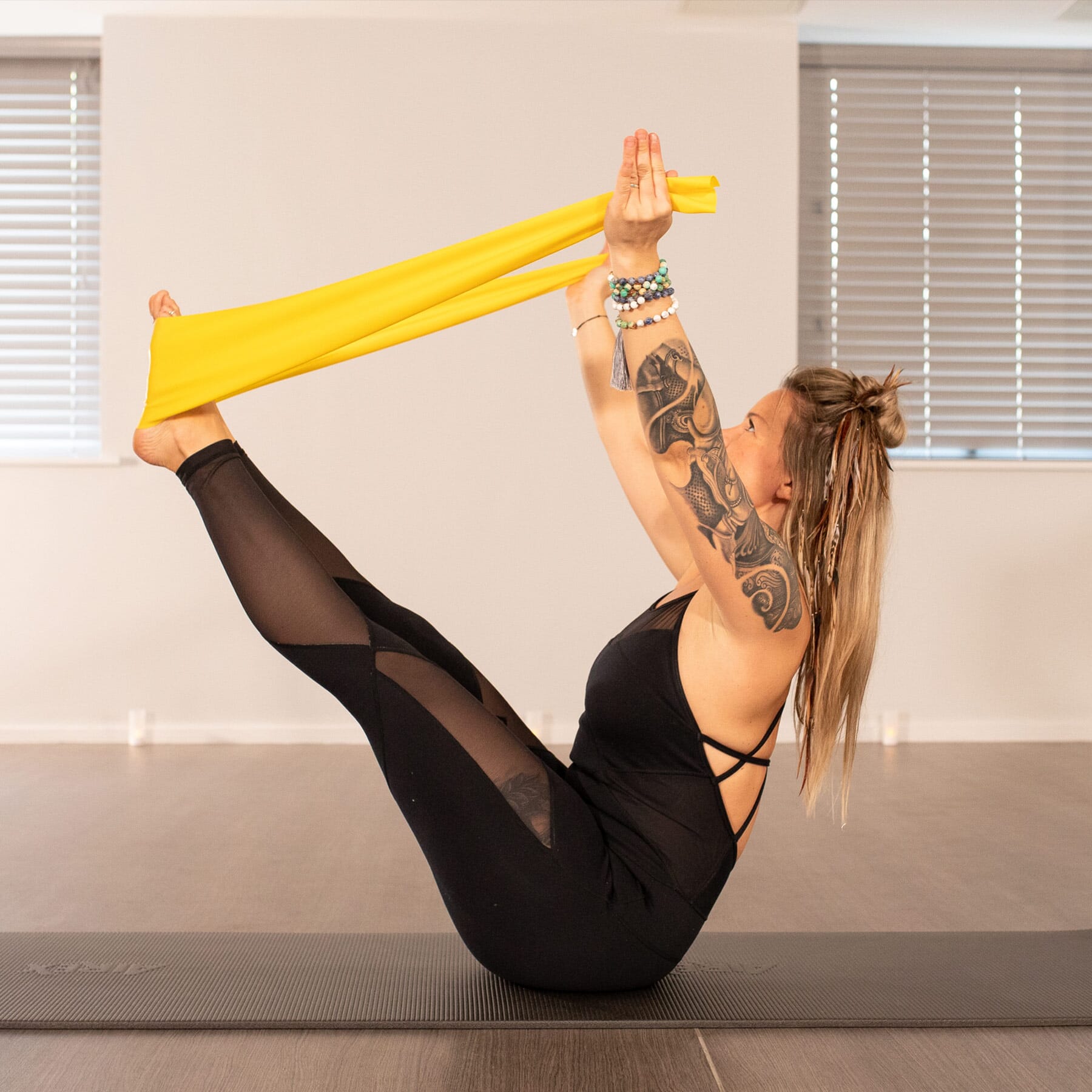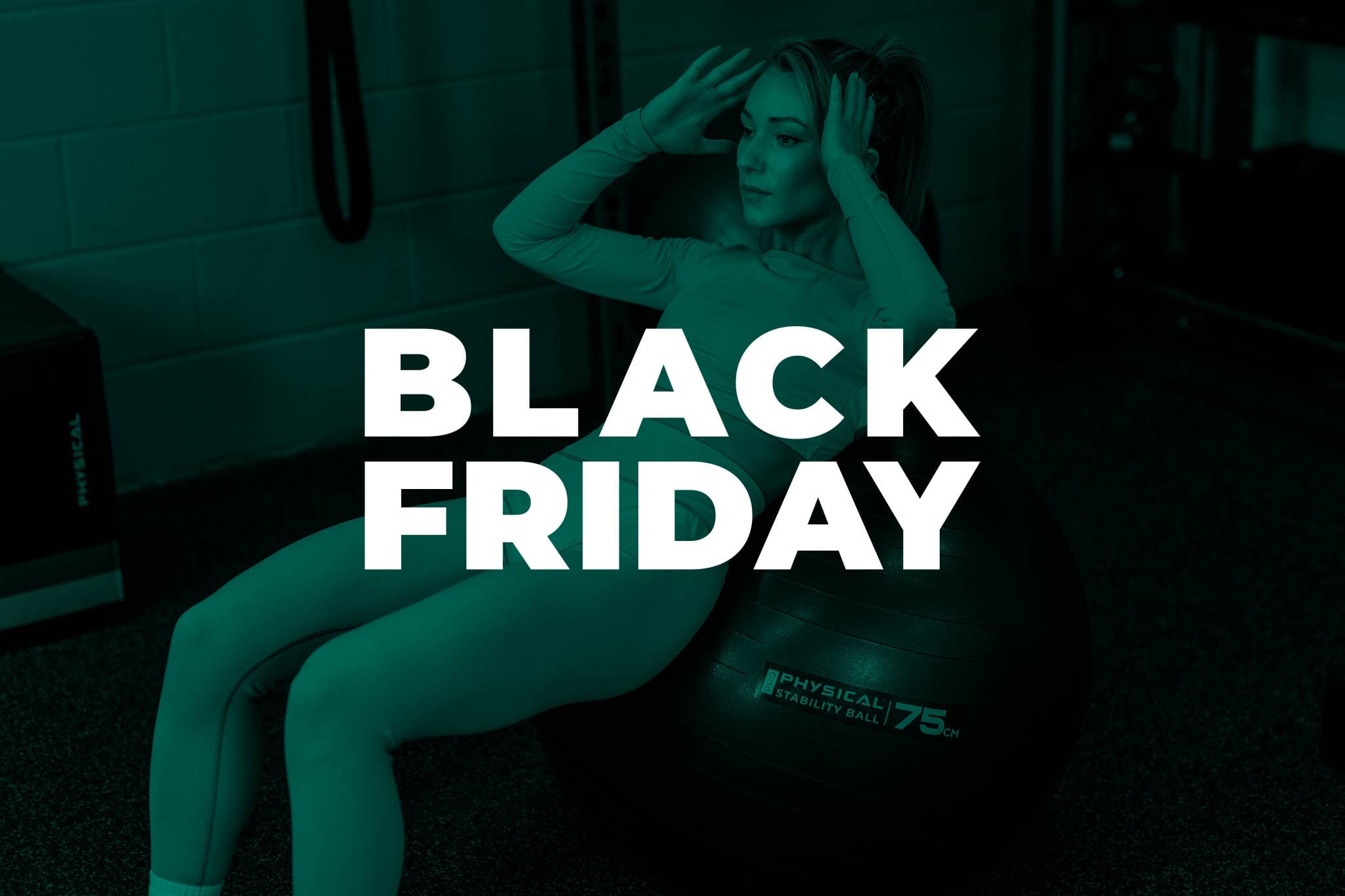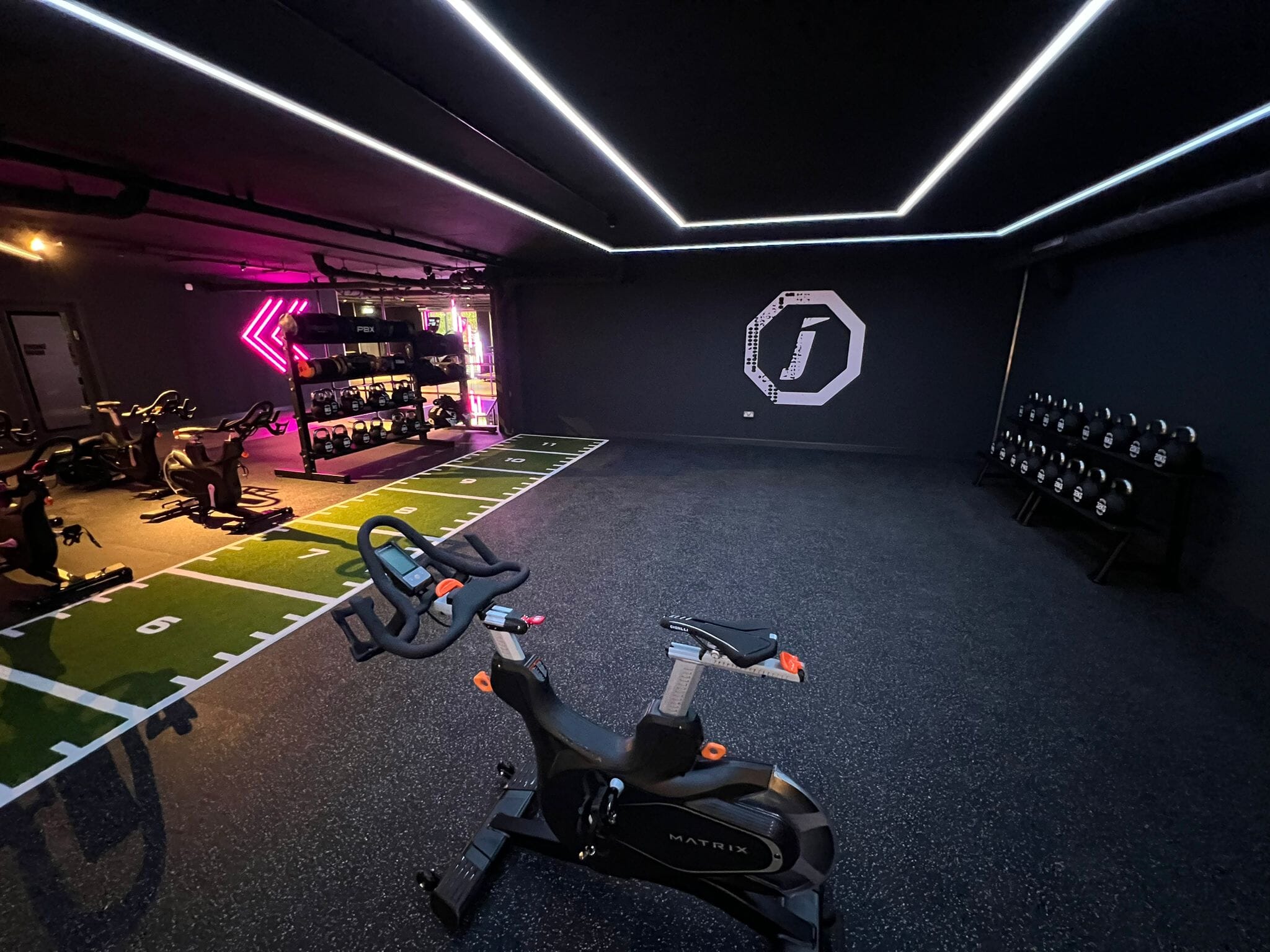
Looking for the perfect resistance band for your workout? It can be a bit confusing when you realise just how many different types of resistance band there actually are – especially when many of them look pretty similar!
In this blog, we’ll explore the different types of resistance band available and the benefits of each.
What is resistance band training?
Resistance bands are one of the most versatile and cost-effective fitness tools available today, great for building strength, improving flexibility, enhancing your overall fitness and aiding rehabilitation.
Depending on the type of band you choose, they can add resistance to an exercise or support a stretch.
They can be used to train specific muscle groups or target multiple muscle groups at once.
They’re easy to incorporate into a workout and can be used by all fitness levels: different levels of resistance are colour-coded for ease of identification.
And they’re versatile, lightweight and easy to transport.
It all adds up to the perfect fitness accessory for use at home, in the gym or while travelling. Little wonder that resistance band training has become increasingly popular in recent years, used by personal trainers, physiotherapists and athletes alike.
How to choose a band
Our resistance bands come in various types and intensities, from gym resistance bands to loops, yoga bands to pilates bands. Each offers unique benefits, so you’ll want to choose the right band for the type of workout you’re looking to do: strength training, functional training, stretching, yoga or pilates.
Types of resistance band
Our Power Loops come in a pack of five, with different strengths to suit different exercises and progressions. They provide resistance during exercises and can help you build and strengthen your muscles, making them perfect for pilates, strength training, rehabilitation and warm-ups. Great exercises that can be done with Power Loops include bicep curls and leg abductions.
Power Bands come in five different strengths, making it easy to choose the resistance that best suits you. These bands are narrower than Power Loops and have less give, making them suitable for agility drills, jump training, speed training, strength training and rehabilitation. They can also be used in conjunction with other equipment for added resistance. One Power Bands exercise we love is the Crab Walk. It looks simple but will nail your glutes – google it!
Supaflex Lengths are available as individual lengths or by the roll. Unlike Power Loops and Power Bands, they are not continuous loops but rather one simple strip of latex that can be used to add resistance to a wide range of pilates exercises. They are also particularly good for stretches; hamstring stretches are a particularly popular use of Supaflex Lengths.
Supaflex Loops are similar to Power Loops in that they help build and strengthen your muscles, but you don’t have to buy a pack of five. You can simply choose the resistance you need: yellow is the lightest resistance level for remedial and rehabilitation work; pink is beginners; purple is intermediate; and green is advanced.
Glute Bands are, as the name suggests, designed to target your glutes. It’s why they’re often nicknamed ‘booty bands’, although they’re actually great for your legs, hips and core too. They come in a set of three and are made from a comfortable elasticated fabric with a non-slip latex strip. Glute Bands can add resistance to many pilates, yoga, functional and stretching exercises, including lunges, glute bridges, bodyweight squats, donkey kicks and many more.
Recapping the benefits
Versatility: Resistance bands can be used in a variety of ways to work different muscle groups, making them a versatile addition to any workout routine.
Portability: Resistance bands are lightweight and easy to transport, making them perfect for use at home, in the gym or while travelling.
Accessibility: Resistance bands come in different levels of resistance, making them suitable for people of all fitness levels, from beginner to advanced levels. Different resistance levels are indicated by different colours.
Rehabilitation: Resistance bands can be used to aid rehabilitation from injury or surgery. They are often used by physiotherapists to help patients regain strength and mobility.
Mobility: Resistance band training can help improve flexibility and mobility, which is so important for overall health and fitness.







